Rain lilies are hardy perennial plants that can be left outdoors during winter in southern areas. Still, in colder and wetter regions, gardeners prefer to secure their bulbs in a safer environment. Whether indoors or outdoors, overwintering will keep your lilies growing year after year and save you some money. Suppose you don’t know how you’ve come to the right place to help you protect your flower during the colder season.
To overwinter potted rain lilies, bring them indoors before the first frost. Keep them dry all winter with occasional watering until spring. If it’s planted on the ground, you should dig it and do a quick potting or put it on slightly moist peat or vermiculture and store it in a cool place. Or, you can leave them planted in the ground, but should additional protection be provided such as mulching or cloche.
Let’s dive deeper to cover all things, not only the ways of overwintering your rain lilies but also how to take care of it all year round for prolific blooming. Scroll down to find out more!
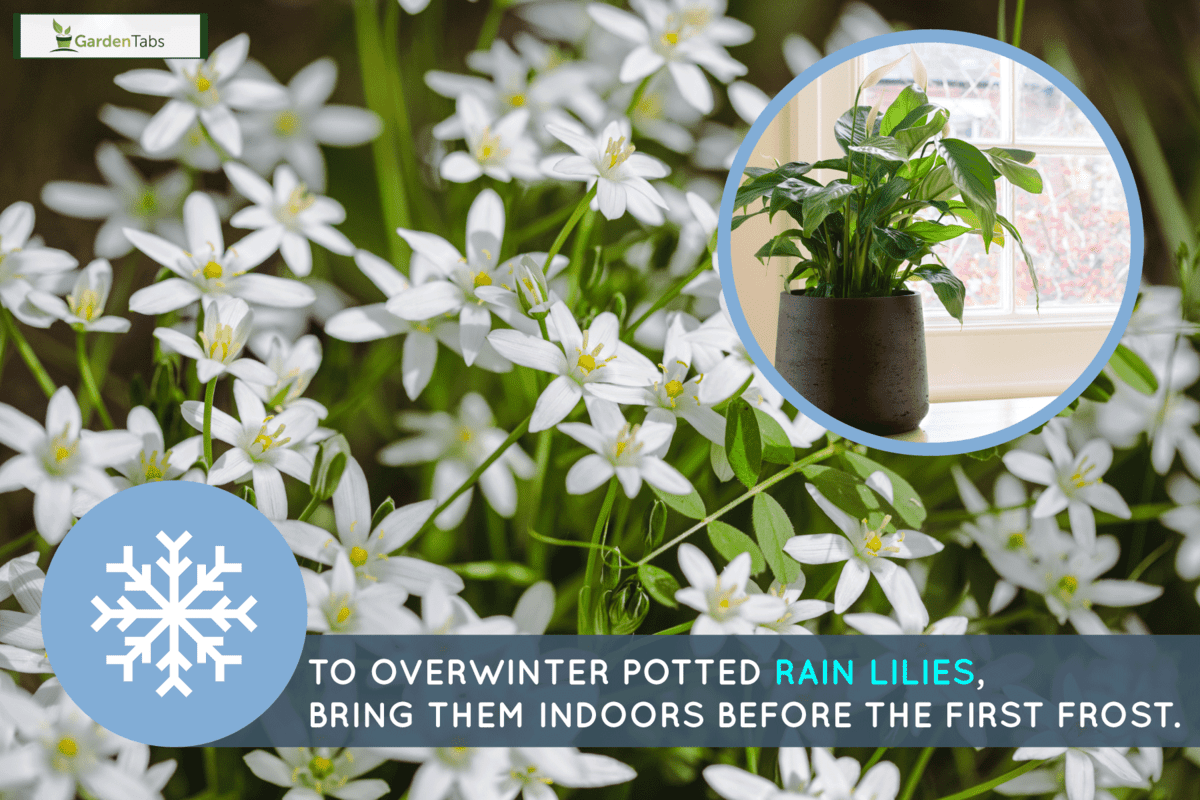
How do you take care of a rain lily plant?
Rain lilies, known as Zephyranthes, are tropical flowers that bloom beautifully after a hard rain. These playful minutes bloom from pure white to various bright shades in late summer to early fall.
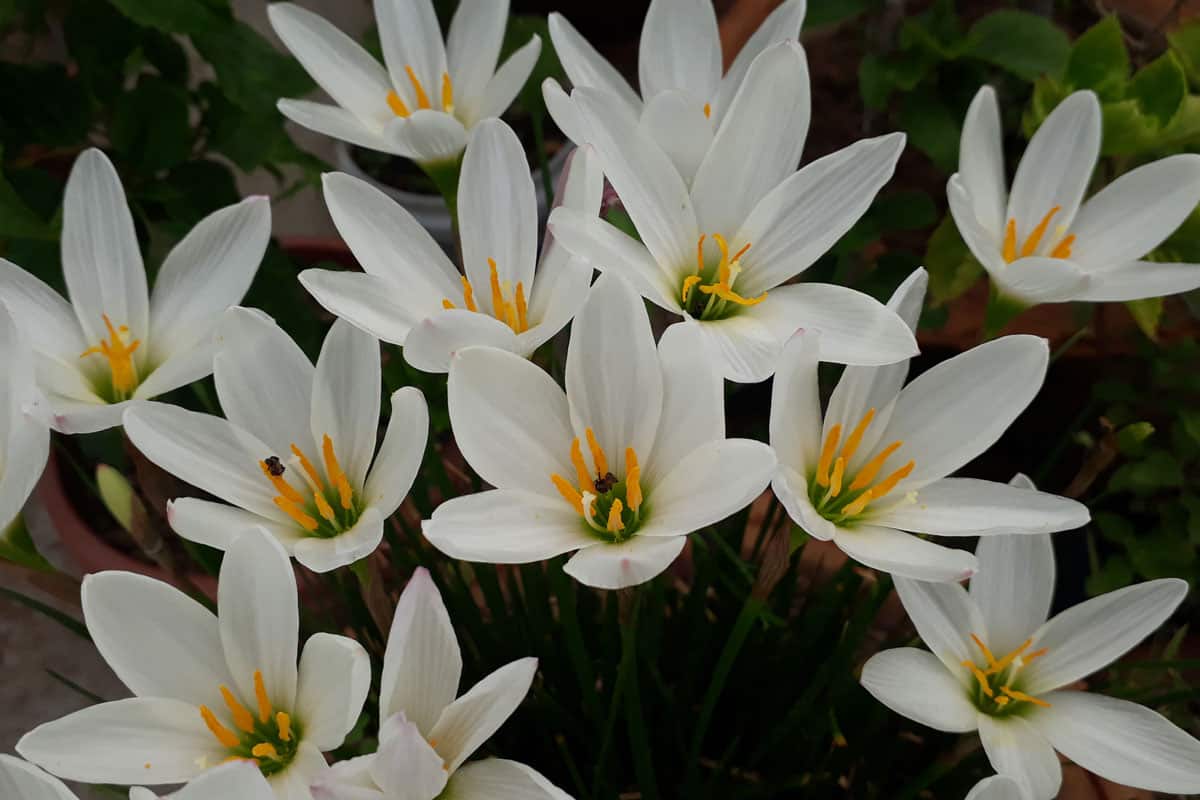
Plant these lilies on well-drained soil and with plenty of sunshine during early spring. It blooms perfectly during late rainfall but can’t survive on saturated ground. However, watering it thoroughly to soak and settle the soil around the bulbs is recommended during the planting phase.
Tips and tricks
- Leave the foliage after the blooming season to prepare and strengthen the bulbs for the future.
- Remove the leaves only once they turn yellow and die back during fall.
- Rain lilies go well with other low-water plants, such as cosmos and marigold.
- These bulbs have a short storage period, so be sure to plant them immediately until the cold season is over.
Overwintering
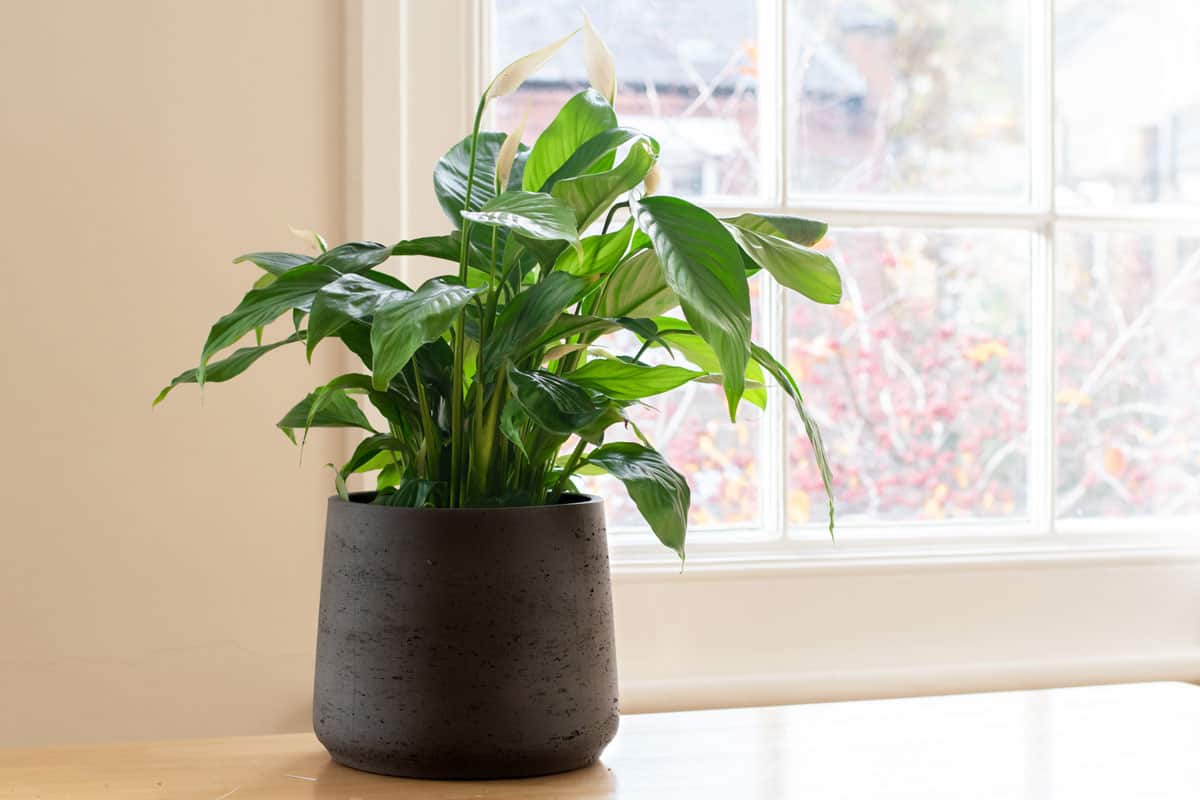
Overwintering plants is a preventive measure to protect your flora from destructive frost. It could be by moving your plant from a container and sheltering it indoors or in a greenhouse, leaving it on the ground, and protecting against the harsh environment.
Rain lilies are hardy and can survive outdoors during the winter season in Zones 7 to 11, which are considered perennials. But for cooler Zones, they are considered annual plants that should be dug out and overwintered before the first frost, as these plants are prone to injury below 29 F.
It’s easy to overwinter your lily when planted on a container. Ideally, bring the containers to a cool but frost-free, well-ventilated room with good sunlight exposure or a greenhouse. Water it seldom to keep it dry all winter and pull off dead foliages to keep it clean.
Overwintering outdoor
However, overwintering rain lilies grown outside the garden can be tricky. You can let them stay planted on the ground propped with mulch or cloche protection to get the plant throughout winter. You can do it by following this guide.
- After the flowering stage, before fall, don’t water the plant to allow its leaves to wilt. When it has withered away, you can remove the foliage to let the bulbs store energy for winter use.
- Elevate the soil from the water level and improve soil drainage by incorporating grit or perlite to avoid soggy soil.
- Lastly, cover the ground with a mulch of about 4 inches or place a cloche around the bulbs. Do this before the winter starts.
You can buy this Valibe Plant Covers Freeze Protection on Amazon
The other way is to lift the bulb and bring it indoors for safe storing. It is strongly recommended to do in USDA growing zones with hardiness ranging from 7 to 11. Follow these steps to do it the right way.
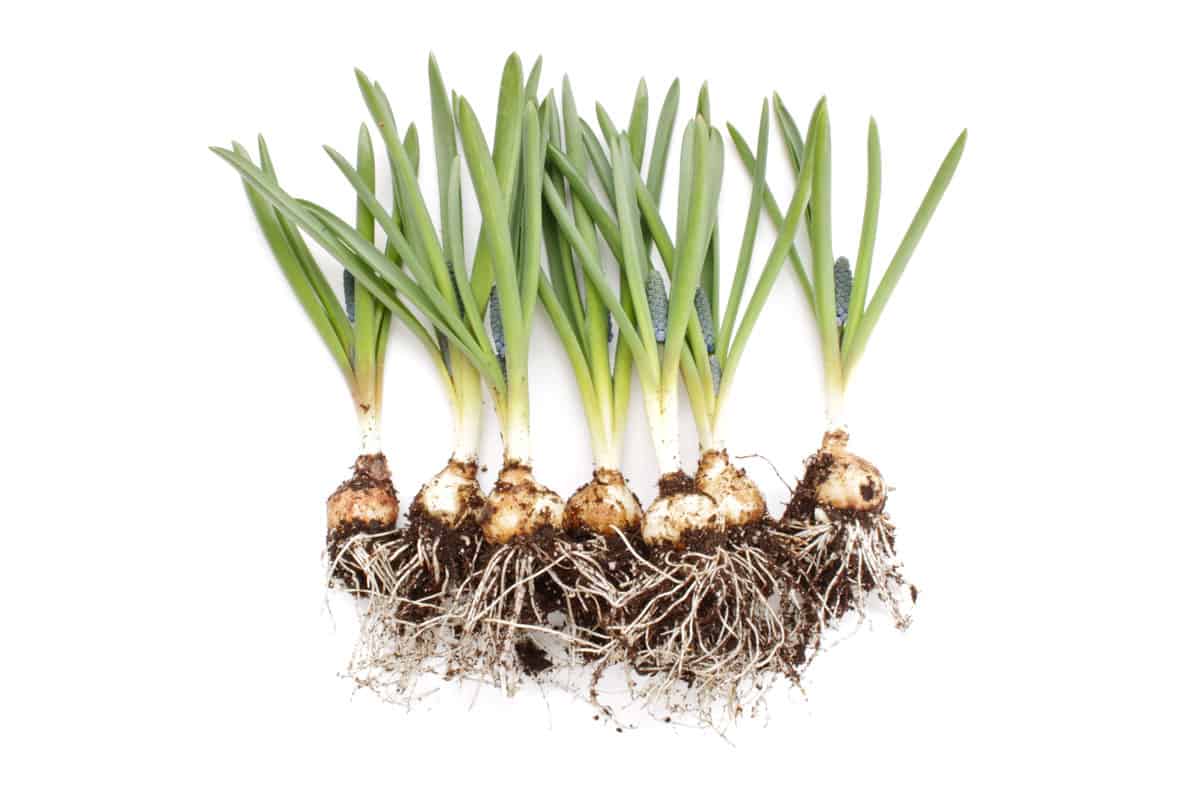
- After the first frost, cut off the wilted foliage three inches from the bulb and carefully dig out the bulbs to avoid injuring them. Dislodge without damaging the roots by rinsing them with cool running water.
- Check the bulbs if there are any rotting or any signs of disease. Keeping unhealthy bulbs might affect other healthy bulbs.
- Place your bulbs on a tray in a well-spaced manner to let them air dry for a few days. When appropriately spaced, bulbs that begin to rot will not affect other bulbs. Put the tray in a dark place at a temperature between 60 F to 70 F. Avoid a heated room or a room with direct sunlight.
- After drying, apply a fungicidal powder. Place the bulbs in a paper bag or a hole-ventilated cardboard box with slightly moist peat moss or vermiculture inside. And then store it in a dark, dry place.
- Then you can replant your rain lilies outdoors in the mid to late spring. But, don’t plant them on waterlogged soil, for there is a high chance of rotting.
Try this Bonide Sulfur Plant Fungicide Dust on Amazon
Can you leave lilies in pots overwinter?
Rain lilies placed on a front porch are usually grown in containers. They can be fully hardy and possibly left outside all year round in mild climates. But in cold areas, wrapping the pots with bubble wraps or old blankets is the best way to protect your plants against frost. For extremely cold USDA plant hardiness zones, expert gardeners recommend keeping the containers in well-lit and ventilated sheds until the winter ends.
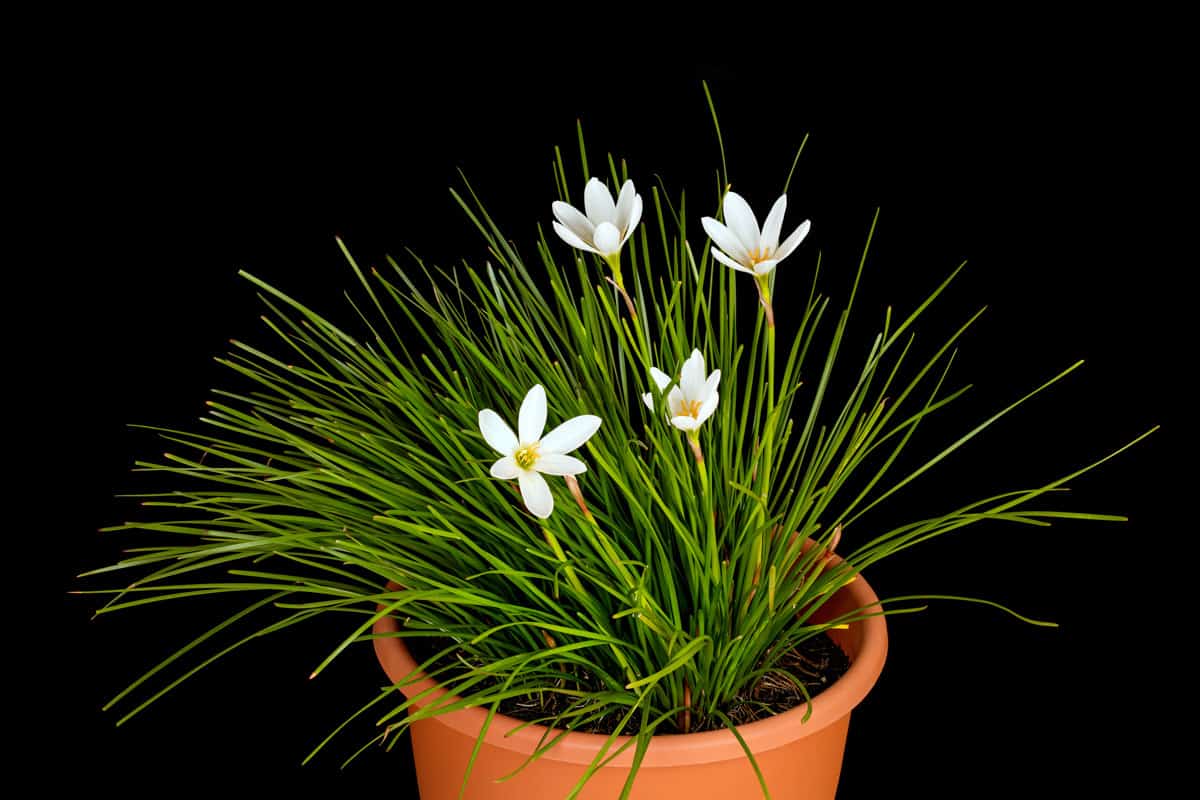
Do lilies need to be cut back for winter?
After the flowering stage of the rain lily, you can trim off about three inches from the bulb. But you can only carry it out when the leaves have become brown and wilted during fall. To initiate this wilting process, you should refrain from watering your plant after it blooms.
Keeping some leaves even during overwintering is vital because they are responsible for processing food through photosynthesis. The energy produced will then be stored in the bulb and used for the next flowering season.
Why is my rain lily not flowering?
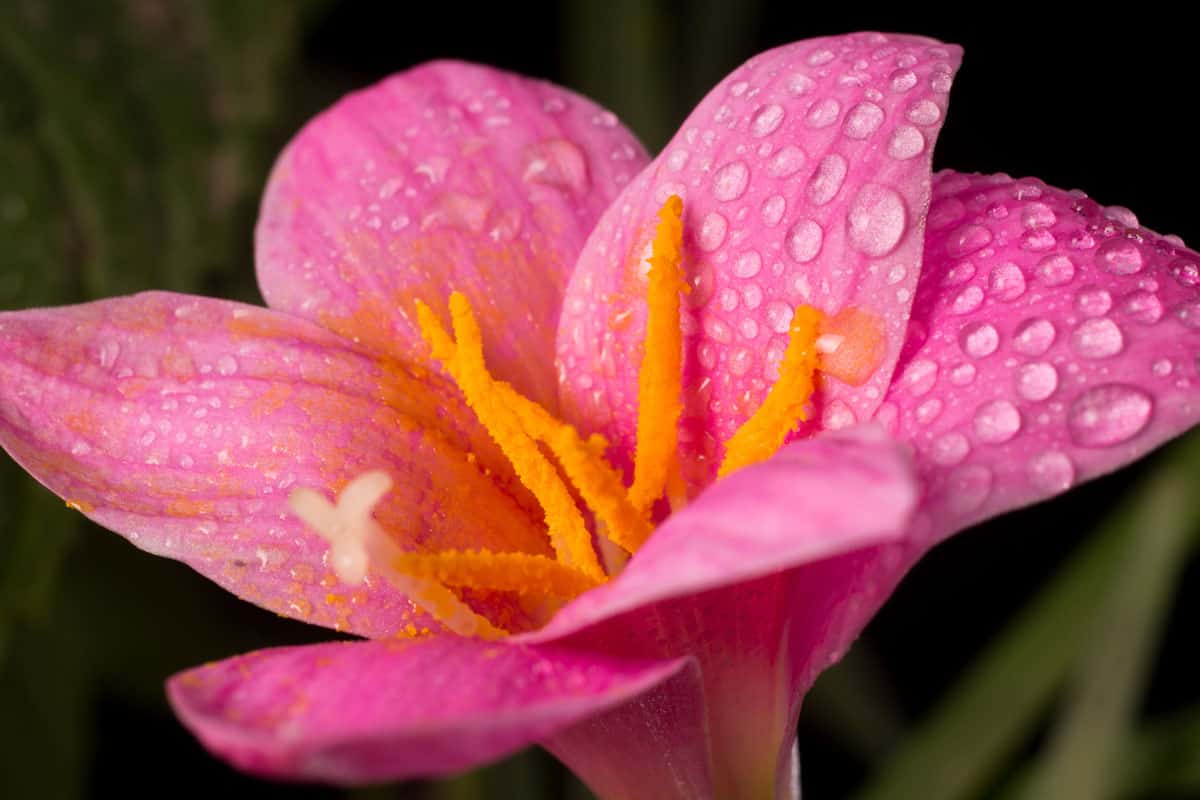
There are numerous possible causes why your rain lily is producing few flowers or not blooming at all.
- Size and maturity of bulbs. Small bulbs indicate that they don't have energy stored to produce flowers or are still immature. Instead of using the power to bloom, it redirects for growth.
- Overcrowded bulbs. Too many bulbs in a small pot space cause competition of each plant for nutrients, water, and sunlight. These are essential factors for the growth and flowering of plants.
- Full sun's bloom. Rain lilies are just one sun-loving plant species that need at least six hours of direct sunlight to bloom well. Plenty of exposure to sunlight will help the plant's growth and flowering.
- Good overwintering. Lilies have a seasonal cycle. They require a cold period in the winter to bloom perfectly in spring. The main goal of overwintering is to protect the plant from frost, but it does not necessarily mean that you have to put it in a heated space all winter long.
- Too much nitrogen. Nitrogen promotes green foliage. However, if it is too much, it causes fewer flowers.
- Removing leaves too early. Cutting foliage when overwintering is possible, but there is an exemplary timing to do that, as discussed above. Removing leaves too early will affect the production of food in the bulbs.
- Neglected watering. Lilies also need moisture balance. When the soil gets overly dry, the bulbs will not have enough fluid in the bulb to deliver energy for growth and flowering. However, too much water content due to poor soil drainage can cause bulb rotting, usually during winter.
Summing up
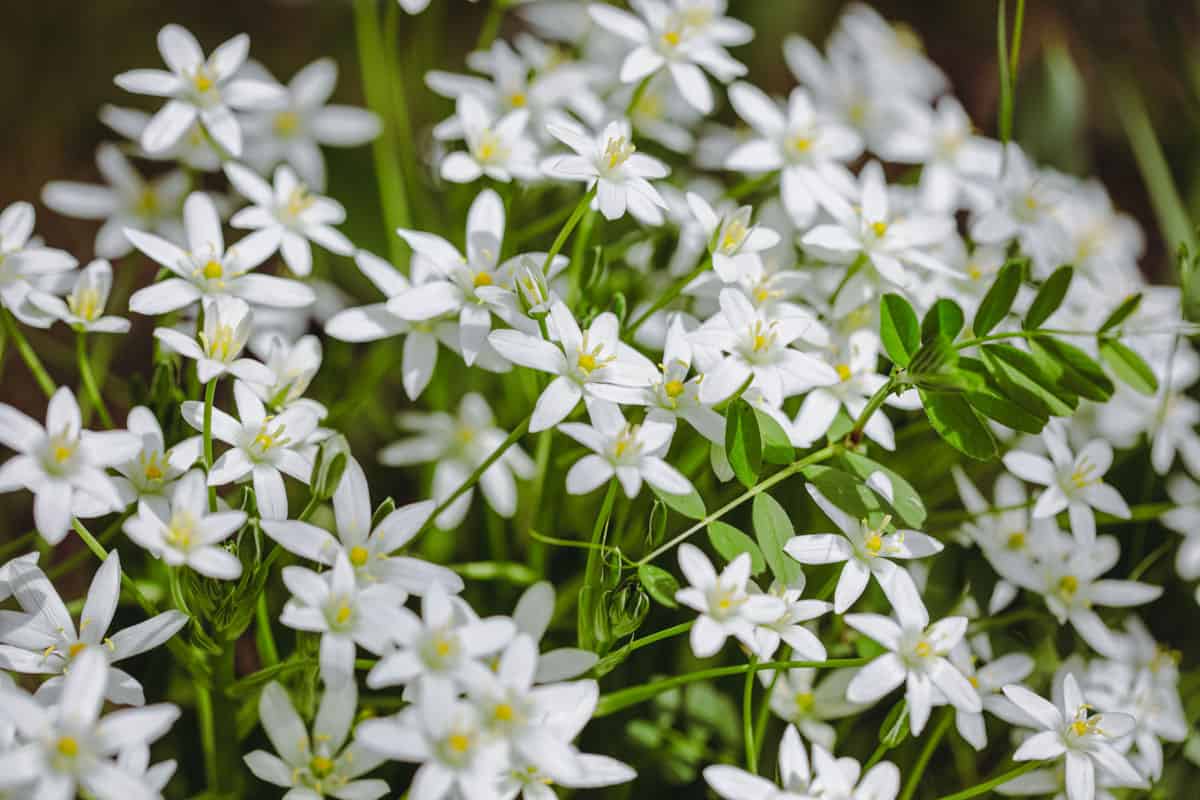
Rain lily plants can accentuate your home's beauty, whether grown in a container or in the garden bed when they bloom following a rain shower. From late spring through late summer, crocus-like petite flowers bloom in shades of pink and yellow. Taking care of these plants is not difficult as long as they are grown with plenty of sunlight and well-drained soil.
The overwintering methods of the lilies depend on the location of your state. In USDA hardiness zones 7 to 11, these flowers are hardy and require little effort for overwintering. You can even leave it outdoors. But for colder zones, digging it up and storing the bulbs in the shed is the best way to save your plant for the next season.
Proper overwintering also affects the lifespan of your lilies and their flowering stage. Winter may be a threat to your flora, but it plays a vital role in its plant life cycle.
You might also want to read these articles:
10 Zone 5 Perennials That Like Full Sun


